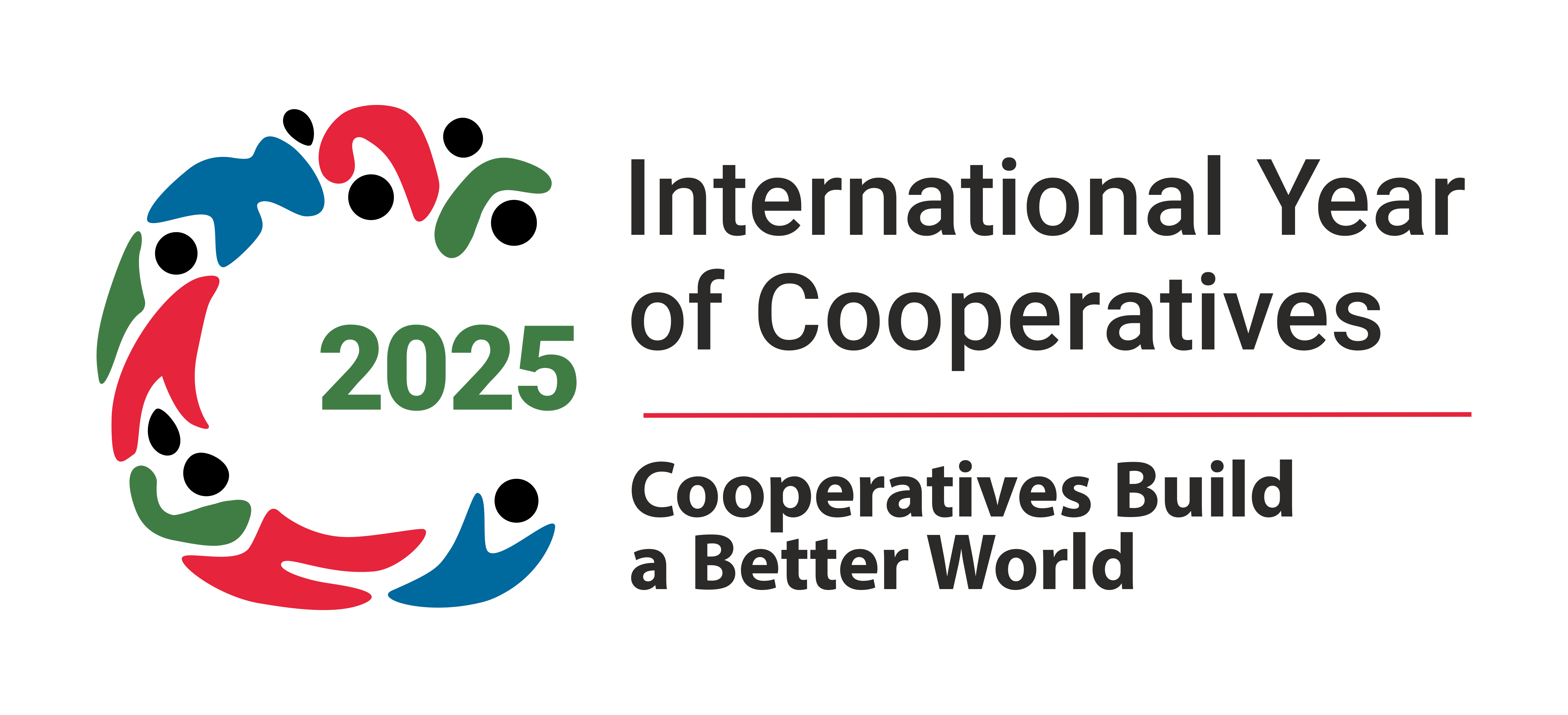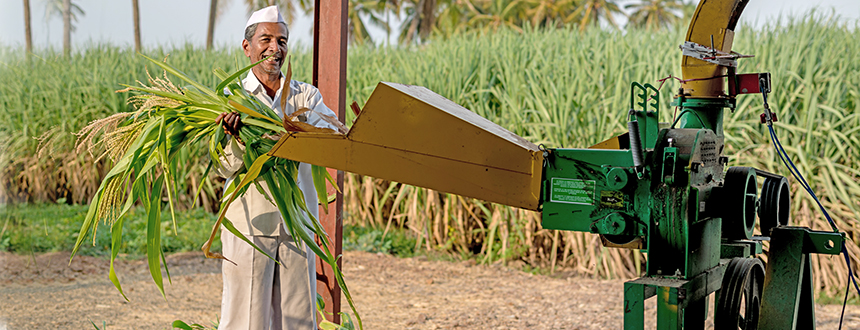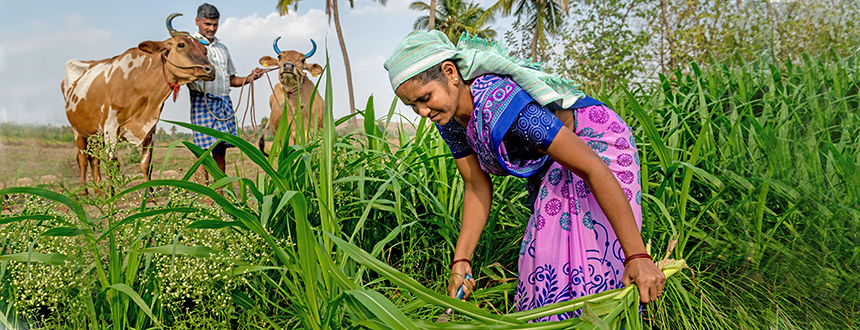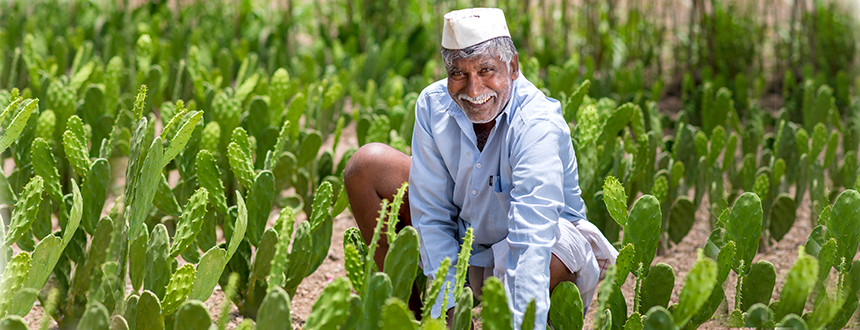Methane emission reduction
Methane Emission Reduction from Ruminants
Methane is a potent greenhouse gas (GHG) emitted as a result of enteric fermentation of feed by ruminants. Because of its 28 times higher global warming potential (GWP) than carbon dioxide, methane is considered as one of the major factor responsible for global climate change.
In ruminant animals, rumen microbes such as bacteria, protozoa and fungi break down and ferment the feed materials into various products such as volatile fatty acids (VFAs), microbial protein, carbon dioxide and hydrogen. Under anaerobic conditions of rumen, methanogenic bacteria utilise hydrogen and carbon dioxide to form enteric methane, which is emitted by ruminants mainly through belching. Ruminant animals loose about 4-12 per cent of gross energy intake in the form of methane, which is not only detrimental to environment but also results in energy loss to animals.
If efficiency of rumen fermentation is improved by optimising availability of energy, protein and minerals to animals, then energy loss in the form of methane can be reduced and this feed energy can be channelised for improving milk production. In other words, nutrient optimisation (balancing) is a key to reduce enteric methane emission as well as improve milk productivity of animals.
NDDB’s initiative:
NDDB has set up a state of art laboratory for measurement of enteric methane emission in dairy animals under field conditions. An internationally accepted ‘Sulfur hexafluoride (SF6) Tracer Technique’ is used for measurement of methane emission from ruminants under natural conditional of feeding and management.
Traditional methods of feeding followed by most of the smallholder farmers in the country are generally imbalanced in terms of energy, protein and minerals. Animals fed such rations not only produce less milk at higher cost but also emit more methane per kg of milk produced. Against this backdrop, NDDB conducted field studies on more than 200 in-milk animals in various agro-climatic regions of the country and measured enteric methane emission from cows and buffaloes fed traditional as well as balanced rations at the farmers’ doorstep. These studies revealed that feeding balanced rations (optimised to meet nutrient requirement of animals) results in 10-15 per cent lower enteric methane emission per kg of milk. In addition there is reduction in cost of milk production, improvement in milk productivity and income of dairy farmers. Thus ration balancing/ nutrient optimisation is one of the promising strategies for reducing enteric methane emission and improving sustainability of dairying in smallholder systems.




